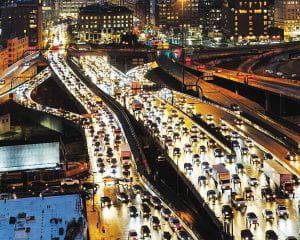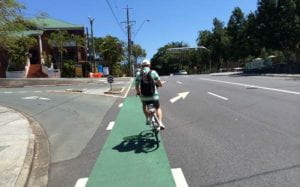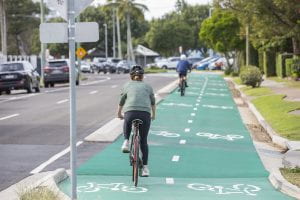
Introduction:
The focus of my website is going to be on cutting down pollution in Boston, Massachusetts by reducing transportation and increasing pedestrians. My planning area is to allow fewer vehicles into Boston because we want to create a greener society. I think that fewer cars should be allowed in Boston because we are trying to reduce emissions and we can do that with people walking, biking, or taking public transit. There are plenty of other cities and countries that prefer biking or walking to their destination, but we have become so accustomed to cars that we rely on them too much. I believe that the only transportation we should be relying on is the bus transit and the train. Obviously, you can never ban all cars fully, but it would be very helpful for the Earth and our society if we cut down on those emissions. There have been multiple green initiatives that Boston has tried to do, but never ended up fully committing to it. Boston has been trying to increase their pedestrians for years, but they have not made the changes, like bigger bike paths, bigger sidewalks, and more safety for pedestrians.
My primary claim that I want to explore is how we can reduce our pollution in Boston by cutting down cars and increasing green alternatives. Boston Bikes is an organization that is trying to have more Bostonians ride bikes throughout Boston instead of motor vehicles. They want to create bigger bike paths for those who want to participate in riding, ride-along Fridays, and sponsoring annual riding events (City of Boston, 2014). Of course, we cannot completely cut out vehicles, but the vehicles in use should be buses because they produce way less pollution. One car produces around eighty-nine pounds of pollution per one hundred miles, while a bus would only produce fourteen pounds of pollution (Rubin, 2019). Most cars have around one to four passengers, while a bus can have up to seventy passengers. Boston transportation already uses alternative fuel which is better for the environment. It is a cleaner blend of biodiesel that has already reduced emissions by 12%-17% (City of Boston, 2014). If we keep using the buses at this rate, the number of emissions that would be reduced would be a huge percentage. In figure 2, you can see how barely one person can fit on the bike path, allowing fewer people to ride bikes. While in figure 3, there are two bike lanes for each side and there is a little wall to protect them from cars. There needs to be bigger bike lanes and more safety for those who are on bikes in Boston. Cars have a lot of layers and protection, while bikes only have people wearing helmets.


Links to other sources:
My first source is a nonprofit organization called liveablestreets. I conducted an interview with an amazing woman named Stacy Thompson who works at liveablestreets, which is a nonprofit organization that is helping to create greener alternatives for transportation and create equity throughout Boston. Thompson is going to be mentioned throughout my web case and I wanted to give some background knowledge on the homepage. Here is a link to their website if you would like to check out more information!
https://www.livablestreets.info/
My second source is about the bus transits in Boston. Boston BRT (Bus Rapid Transit) is a nonprofit organization that was founded in 1985 in order to create more sustainable transit efforts.